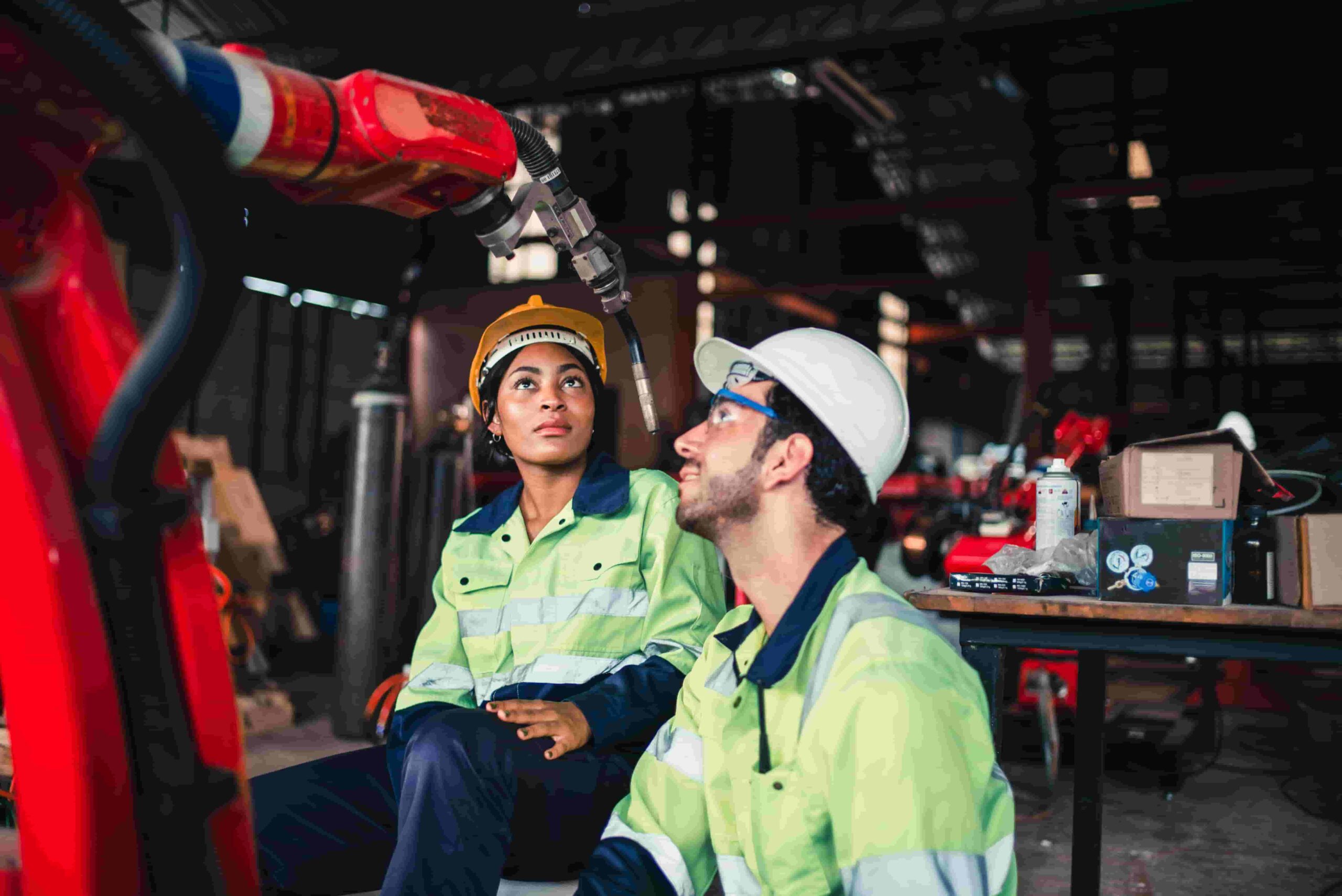E-waste, or electronic waste, refers to any item that is discarded and contains a plug, battery, or power cord. This includes a wide range of electronic devices from mobile phones to computers and power tools, all of which make up part of one of the fastest-growing waste streams worldwide.
Some of the common items include laptops, monitors, smartphones, printers, servers, and other electronic equipment, all of which form the backbone of modern businesses.
E-waste poses serious risks when not disposed of properly. Inappropriate e-waste disposal leads to environmental destruction, threats to human health from toxic chemicals, and the risk of data breaches.
This blog explores some of the e-waste disposal options that Australian companies can utilise to better manage e-waste in their offices. Ultimately, the best choice remains when you work with companies like Cleanway.
What is E-waste Disposal
Recognising the risks of treating electronic devices as ordinary waste is the first step to effective e waste disposal.
Many electronic products contain hazardous materials, such as lead, cadmium, and mercury, as well as components like cathode ray tubes found in older monitors or television sets. These need safe disposal to prevent unnecessary harm.
Landfilling these items allows these toxic chemicals to leach into soil and groundwater, endangering ecosystems and human health. Safeguarded dismantling of devices, where valuable materials are retrieved and hazardous materials contained, ensures safe disposal.
Some Common Electrical Waste Items
Electronic waste encompasses a wide range of items, including computer equipment, large household appliances such as washing machines, and light bulbs. Some of the common items that might be found include:
- Laptops and desktop computers
- Photocopiers, printer cartridges, and printers
- Business phones and communication systems
- Routers, modems, and servers
- Audiovisual equipment and smoke detectors
The useful life of these electronic products varies, but eventually, they reach the end of life, electrical stage, where disposal or recycling must be planned.
Instead of e-waste accumulating in cluttered storage rooms or household bins, businesses should classify their electronic inventory, assess upgrade cycles, and organise for responsible recycling or disposal.
This approach streamlines processes while ensuring eco-friendly operational standards are followed.
Electronic Waste (E-waste)
While many use the term “e-waste” interchangeably with electronic waste, “e-waste” represents a broader global concern of managing discarded electronic devices. The global e waste monitor projects that over 75 million tonnes of e waste will be produced worldwide by 2030, with Australia as a significant contributor, largely through corporate sources.
What distinguishes corporate e-waste is the scale and complexity of disposal. Many electronic devices store confidential information or business-critical applications, making secure data destruction a necessary part of the disposal process. In sectors such as finance and healthcare, this is especially crucial to prevent data breaches.
E-waste Recycling in the Business World
Recycling e-waste is not only about extracting precious resources such as copper, gold, and rare earth elements from circuit boards; it also supports the circular economy by reducing the demand for raw materials and lowering the carbon footprint associated with manufacturing new electronic products.
Professional recycling services and resource recovery centres can recover components including:
- Copper and aluminium wiring
- Gold and silver from circuit boards
- Plastics and glass from monitors and screens
- Rare earth elements from hard drives and batteries
By choosing to recycle e-waste, Australian companies reduce landfill contributions and overall waste stream volumes, while potentially recouping value from outdated hardware.
Many recyclers provide audit trails and compliance reports to help businesses track their environmental performance and communicate their impact.
Be sure to read more about waste auditing here.
Electrical and Electronic Waste Today
Electrical and electronic equipment (EEE), including everything that runs on electricity or contains batteries and power cords, is categorised under WEEE (Waste Electrical and Electronic Equipment). This category encompasses smaller items, such as smoke detectors and power tools, alongside larger household appliances and commercial electronic equipment.
Australian businesses must be aware of disposal regulations, which vary by device type and local councils. For example, large household appliances and industrial lighting often require specialist handling and disposal.
Disposal Options for Everyday Australian Companies
Australian companies have multiple responsible recycling options to manage e-waste.
We explore these in more detail in this blog:
- Certified e-waste recyclers and resource recovery centres that meet environmental standards
- Manufacturers take-back schemes that collect end-of-life electrical products
- Designated collection points or drop-off points are often organised by councils for smaller businesses and households
- IT asset disposition (ITAD) services offering secure data wiping and device refurbishment
- Internal collection programmes using recycling bins for ongoing e-waste collection
Each disposal option varies in suitability based on business size, industry, and waste volume. What matters most is that no shortcuts are taken, ensuring compliance with environmental regulations and protecting the brand’s reputation.
The Benefits of E-waste Disposal for Australian Companies
Proper e-waste disposal benefits not only the environment but also business operations. Key advantages include:
- Brand Reputation: Sustainable waste management boosts customer trust and aligns with ESG (Environmental, Social, and Governance) strategies.
- Cost Savings: Recycling valuable materials reduces disposal costs and can generate revenue through the resale of components.
- Risk Mitigation: Proper disposal reduces the chances of regulatory fines, environmental litigation, and data breaches.
- Compliance: Following national standards ensures companies meet legal requirements and are better positioned for government contracts.
- Employee Engagement: Sustainable practices foster staff pride and morale, especially when supported by clear recycling initiatives.
Closing Thoughts
Australian companies integrating e-waste disposal into their waste management systems gain a competitive edge. Beyond compliance, they demonstrate innovation and leadership in sustainable resource management.
By responsibly managing unwanted electronics and electronic equipment, these businesses embody environmental values that resonate with customers, investors, and employees alike.

